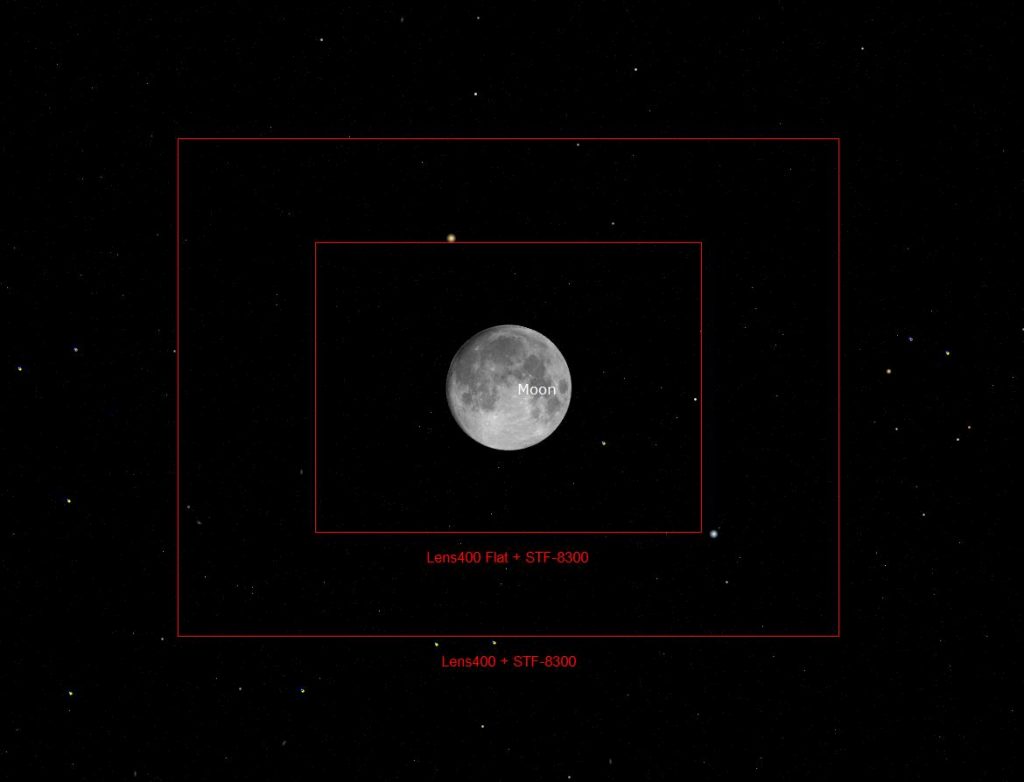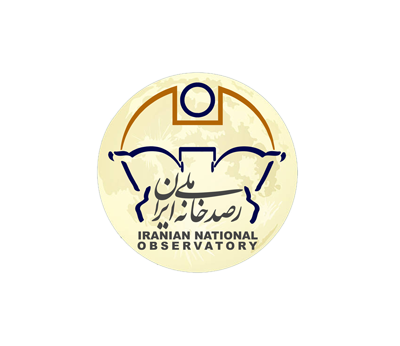Among the three intended telescopes on the summit of Mount Gargash, INO Lens Array was the first one to become operational in 2018. It is an innovative multi-lens array designed for low surface brightness astronomy at visible wavelengths. The array is designed and built by INO’s Technology Development Division (TDD). It is initially made up of three Canon 400mm lenses with fantastic nano-fabricated coatings and with sub-wavelength structure on optical glasses. The particular design of this telescope enables it to reveal faint structures by greatly reducing scattered light and internal reflections within its optics. It also has the capability of being used as a wide field array to observe multiple objects.
INO Lens Array

At the same time this means a very complicated data reduction pipeline is needed to remove the finest fingerprints of “rather than desired objects” and to collect smallest amount of useful light from the observed object. Thus INOLA is equipped with a dedicated control room which remotely performs all tasks and observations and is responsible for the safety of INOLA instruments and data. The acquired data is accessible to the observer via ftp server access, the token of which will be sent through email, the morning after the observations have completed.
Science Themes
The main scientific goals envisioned for the INOLA include observing faint galaxies, stellar halos and substructures, tidal debris around galaxies, comets and minor bodies in the solar system, light echos, intra-cluster light, variable stars and transiting exoplanets.
Observing Modes
The array will work in three observation modes in order to fulfill it’s diverse scientific goals. Since the time sensitivity of transient events requires prompt response by observers, these targets will have the highest priority in INOLA observations. These events include gamma ray bursts, supernovae, cataclysmic variable star outbursts, and microlensing events.
The next observing mode for INOLA is queue mode where the observation will be performed based on the rank of the observation program, the priority of the target, observing conditions (seeing, transparency, moon phase, moon distance, airmass of target, filters etc.) Appropriate selection of science objects with proper observing conditions allows to increase the effectiveness of the observation and data quality for better scientific outcomes.
The final observing mode is the survey mode in which the number of targets are usually large and longer exposure times are needed.
Main Parameters

Focal Length
Lens Diameter
Focal Ratio
Lens Construction
Field of View
CCDs
Pixel Scale
Filters
Filter Size
400 mm
140 mm
2.8
16 Elements in 12 Groups
154 x 116 arcmin
SBIG STF-8300 Monochrome
2.785 arcsec/pix
B, V, R Photometric Filters
52 mm Drop-In

The field of view (FOV) of the INOLA is compared to the size of the full Moon in the above figure. The red field shows the total FOV of INOLA while the blue one only represents the flat portion of the FOV which is normally desired for scientific purposes. The flat field is referred to the portion of the FOV where optical abberations like comma and also image defocusing (compared to the edge of the image) is minimum. These errors increase as one approaches the edges of the FOV.

